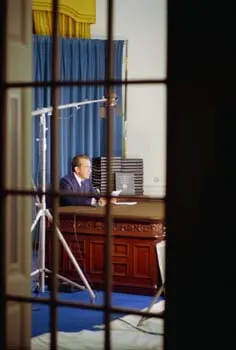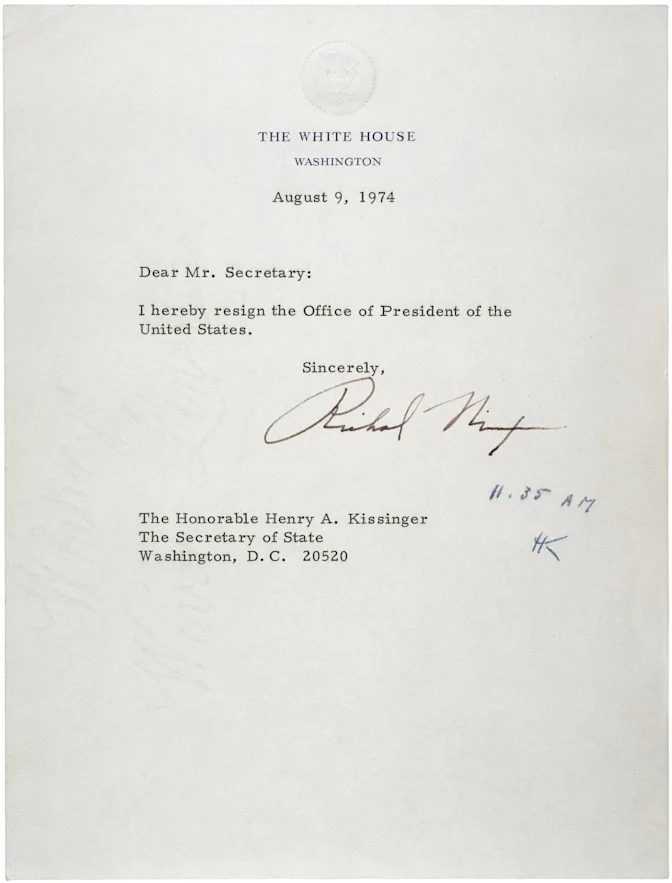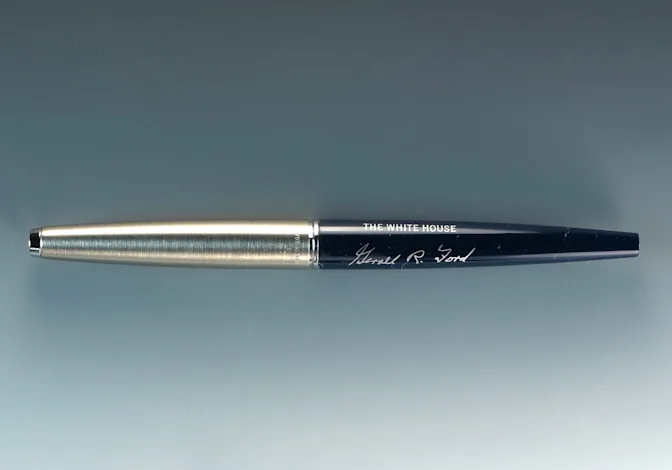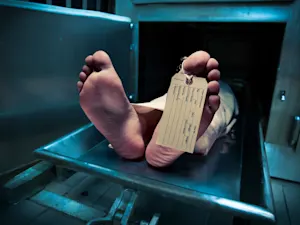
8 Watergate Facts That Go Beyond the Break-In
The Watergate scandal, which began with a seemingly minor break-in at the Democratic National Committee headquarters, escalated into one of the most significant political crises in American history. While the broad strokes of the story are well-known, some intriguing details may have slipped through the cracks. Here are eight fascinating facts about the Watergate scandal.
1. The Break-In

On June 17, 1972, five men were caught breaking into the DNC headquarters in the Watergate complex. This break-in was far from a simple burglary. The intruders were directly connected to President Nixon's reelection campaign, tasked with wiretapping phones and stealing documents. A security guard named Frank Wills noticed tape covering the door locks and called the police, leading to the burglars' arrest.
2. The Infamous Comment
Just days after the break-in, Nixon's press secretary, Ron Ziegler, dismissed the incident as a "third-rate burglary" during a press conference. He also cautioned that some might try to exaggerate its significance. This comment underscored the initial attempt to downplay the severity of the event.
3. Deep Throat
Washington Post reporters Bob Woodward and Carl Bernstein were instrumental in uncovering the scandal. They relied heavily on an anonymous source known as Deep Throat, who was later revealed in 2005 to be William Mark Felt, the FBI's former associate director. Deep Throat's inside information was crucial in connecting the break-in to the highest levels of government.
4. Saturday Night Massacre
One of the most dramatic moments in the Watergate saga was the Saturday Night Massacre on Oct. 20, 1973. President Nixon ordered the firing of special prosecutor Archibald Cox, leading to the resignations of Attorney General Elliot Richardson and Attorney General Aide William Ruckelshaus in protest. Solicitor General Robert Bork ultimately fired Cox, causing a public uproar.
5. Secret Tapes
Presidential aide Alexander Butterfield publicly disclosed the existence of Nixon's secret taping system during televised Senate Watergate hearings in July 1973. This revelation provided concrete evidence of the president's involvement in the cover-up and was a pivotal moment in the investigation.
 President Nixon explaining release of edited transcripts, April 29, 1974.
President Nixon explaining release of edited transcripts, April 29, 1974.
6. The Supreme Court's Intervention
On July 24, 1974, the Supreme Court unanimously ruled in United States v. Nixon that the president had to surrender the White House tapes. Nixon had claimed executive privilege to keep the tapes private, but the Court rejected this, asserting that no one, not even the president, is above the law. The tapes provided undeniable proof of Nixon's attempts to obstruct justice.
7. The 'Smoking Gun'
Among the tapes Nixon was forced to hand over was the infamous "smoking gun" tape, recorded just days after the break-in. This tape revealed Nixon discussing how to use the CIA to obstruct the FBI's investigation. Its release on Aug. 5, 1974, made it clear that impeachment was inevitable. Facing certain removal from office, Nixon resigned on Aug. 8, 1974.
 Nixon's Resignation Letter
Nixon's Resignation Letter
8. The Aftermath
Nixon's resignation marked the first time a U.S. president left office in disgrace. Although he was pardoned by his successor, Gerald Ford, several of his aides were not so fortunate. Key figures like John Mitchell, H.R. Haldeman, and John Ehrlichman served prison time for their roles in the scandal.
 Pen used by President Gerald R. Ford to pardon Richard Nixon on Sept. 8, 1974
Pen used by President Gerald R. Ford to pardon Richard Nixon on Sept. 8, 1974
The Watergate scandal had a profound impact on American politics, fostering a climate of skepticism and distrust toward government officials that persists to this day. The scandal underscored the importance of investigative journalism and reinforced the principle that no one is above the law.
References: Watergate Scandal | 10 fascinating facts about Watergate























